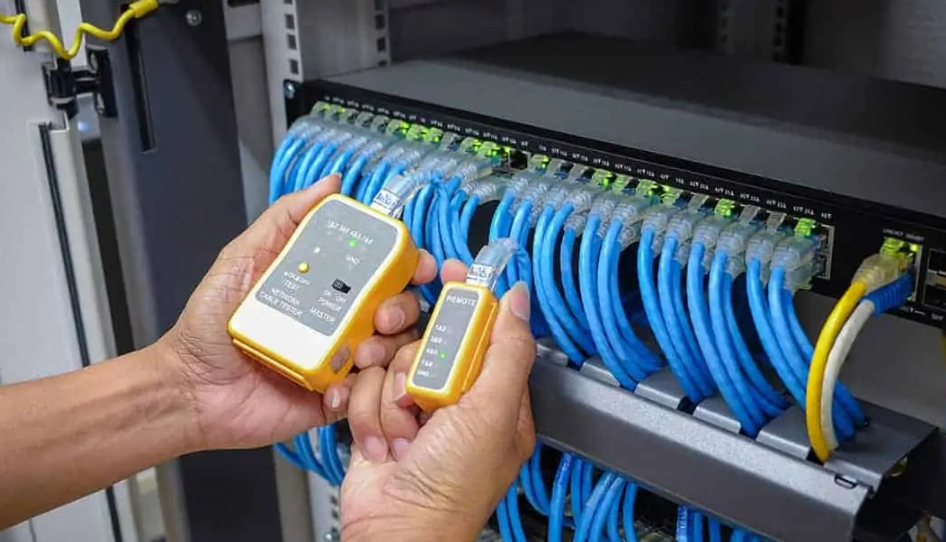Essential Insights Into Data Cabling Installation
In the digital age, a robust IT infrastructure is critical for any business, and the backbone of this infrastructure is data cabling installation. This foundational setup not only supports the flow of information but also ensures connectivity, speed, and reliability in operations.
Understanding the Basics of Data Cabling
Data cabling involves the comprehensive wiring of a building that facilitates communication and transmission of information across various devices and systems. It encompasses everything from fiber optic cables to standard copper wires, designed to meet the specific needs of an organization. This infrastructure supports internet access, telephone services, and data transmission, making it indispensable in today’s technology-driven environments.
Planning and Designing Your Data Cabling System
The planning stage is critical in data cabling to ensure the system meets current and foreseeable needs. It involves:
- Assessing Business Requirements: Understanding the volume of data transmission and types of devices connected.
- Future-Proofing: Considering scalability to accommodate growth and technological advancements.
- Compliance and Standards: Adhering to industry standards for cabling and ensuring it meets legal requirements.
A well-thought-out plan reduces the risk of future disruptions and additional expenses for upgrades.
The Integration of Modern Technologies
Modern business operations demand more than just data transmission. They require integration with various other technological solutions. For instance, as companies become more sustainable, the demand for electric vehicle charger installation has risen, indicating the interconnectivity of IT infrastructure with broader technological advancements. This trend underscores the need for a holistic approach to data cabling, accounting for a wide array of electrical and data needs.
The Installation Process
The installation process entails laying out cables, setting up racks and cabinets, terminating and testing cables, and ensuring everything is properly labelled and documented. It’s vital to work with experienced technicians who can navigate the complexities of the building’s layout and design a system that minimizes interference and maximizes efficiency.
Maintaining Your Data Cabling System
Regular maintenance and updates ensure the longevity and reliability of your data cabling system. This includes periodic inspections, testing, and necessary adjustments to adapt to new technologies or changes within the business. A well-maintained system reduces the risk of data loss, downtime, and security breaches.
Conclusion
In conclusion, data cabling installation is a critical investment for any business operating in the digital age. It lays the groundwork for reliable and efficient communication, data transmission, and overall operational effectiveness. By carefully planning, integrating modern technologies like electric vehicle chargers, and committing to routine maintenance, businesses can leverage their IT infrastructure as a powerful tool for growth and innovation.





